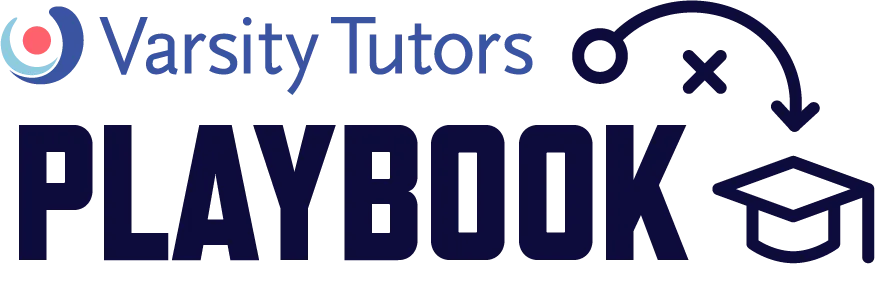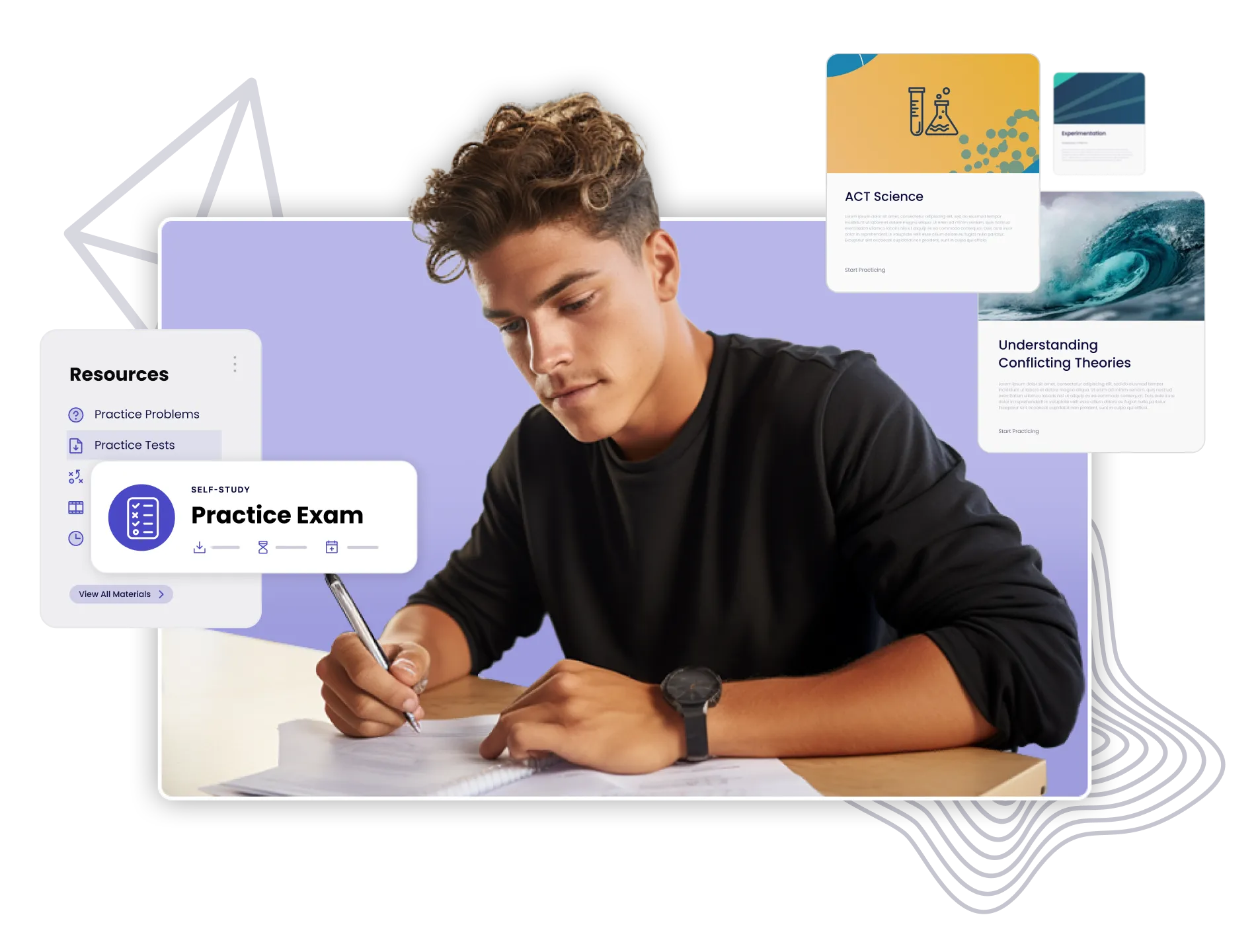The Art of Communicating Clearly

Knowledge is power, and the pen is more powerful than the sword. Put those together and what does it all mean? The greatest power of all is your ability to clearly communicate knowledge to those you want to act on it or build on it. So while you amass knowledge in the classroom, let’s explore five tips for communicating it when papers, presentations, job interviews, and dissertation defenses arise.
1. Introduce and Summarize
The classic essay and presentation outline progresses as 1) tell them what you’re going to tell them; 2) tell them; and 3) tell them what you told them. And that structure works well for several reasons. For one, people respond well to repetition, so if they hear your key points repeated they’re more likely to remember them. And secondly, people’s attention is constantly distracted so if you tell them what to expect, they’ll perk up when they see that expectation fulfilled.
A clear introduction goes a long way toward priming the recipient for what to expect and what to remember, and a conclusion is a great checklist to ensure they remembered what you wanted them to.
2. Enumerate and Organize
Your audience is overburdened with data: literally while they’re listening to or reading your work, data is streaming all around them to their phone and laptop. So your goal should be to make it incredibly easy for your audience to identify and focus on data that you’re trying to convey.
Enumerated lists and common transition phrases make your organization incredibly clear and therefore keep your audience’s attention. If you tell them to expect a five-point enumerated list, they can count along all five points with you and ensure that they remember them all. If you support your point with “a second reason” or additionally” they’ll see how what you’re about to tell them connects to what they just read or heard. If you want to change gears, a clear “however” tells them what to expect next.
And this works well in any medium. In writing, enumerated or bulleted lists stand apart from the rest of the text and draw the eye. In a slide deck, slide numbers help the audience see where they stand in relation to the entire presentation. In speech, pausing after or heavily enunciating your transition language draws attention to your structure and helps the audience’s mind organize information.
3. Trim Your First Draft
There’s a famous line “if I had had more time, I’d have written you a shorter letter” that says a lot about communication. Our first drafts tend to be longer than they need to be, and when time permits it’s always worth it to say the same thing more concisely. It takes time, but the less an audience has to work to determine what’s truly important, the clearer your message is and the better it will be received.
Similarly in the name of “less is more,” build in audio/visual breaks for your audience, too. When speaking, taking pauses gives the audience a chance to summarize and anticipate. In writing and on slides, white space can help information seem less overwhelming and daunting while directing the eye where you want it to go.
4. Visualize
A picture is worth a thousand words, so whenever you can supplement your points with graphics–graphs, charts, diagrams, timelines–it can be a powerful way to make a statement without having to say too much in words. Where appropriate, images and gifs can help to give your point some impact or make it more memorable while giving the reader a break from reading and an audience a change of pace.
5. Stay True To Your Primary Purpose
Every piece of communication has a goal, but as we get into the details of an essay, speech, or presentation it’s easy to get so into the details that we lose sight of what we’re truly trying to accomplish. If you’ve ever sat through a disaster of a best man or maid of honor speech, you’ve seen a prime example: the ultimate goal is for the speaker to give a warm engaging tribute to their friend, but the pitfalls are all too common: they make the speech more about themselves than the bride/groom, they try so hard to be funny that they border on offensive, or they lose everyone’s attention with too many irrelevant details. And all of those pitfalls could be overcome by asking repeatedly “does saying this help to accomplish my goal?”
Whenever you’re preparing a presentation, essay, or letter, be clear to yourself what your goal is, and let that be your north star as you decide what to keep, add, cut, or change. Does adding that funny image to the slide help people remember or pay attention to your point? If so, it’s a good addition; if not, it will only distract. Does opening your speech with a quote really relate to the point you want to make? If it will make it more memorable or easy to understand, then go for it; if not, then find a better introduction.
Your goal also includes your audience. When you’re writing a cover letter to a company, a hiring manager is going to read it: is your goal merely to talk about yourself, or yourself as a fit for that company and job? When you’re writing for people who don’t necessarily have a lot of context for your proposal, you’ll want to catch them up, but if they do have a lot of background knowledge you should push yourself to cut to the chase.

